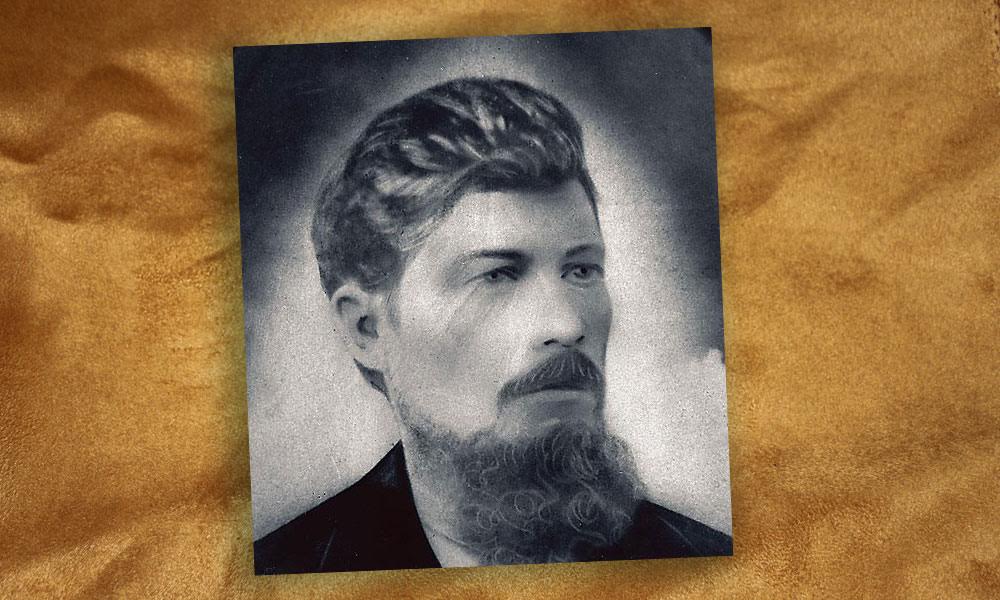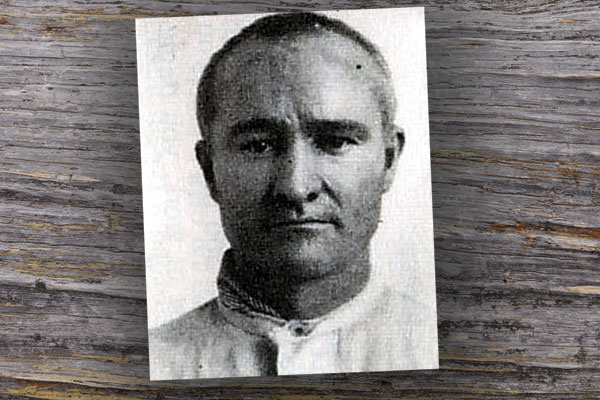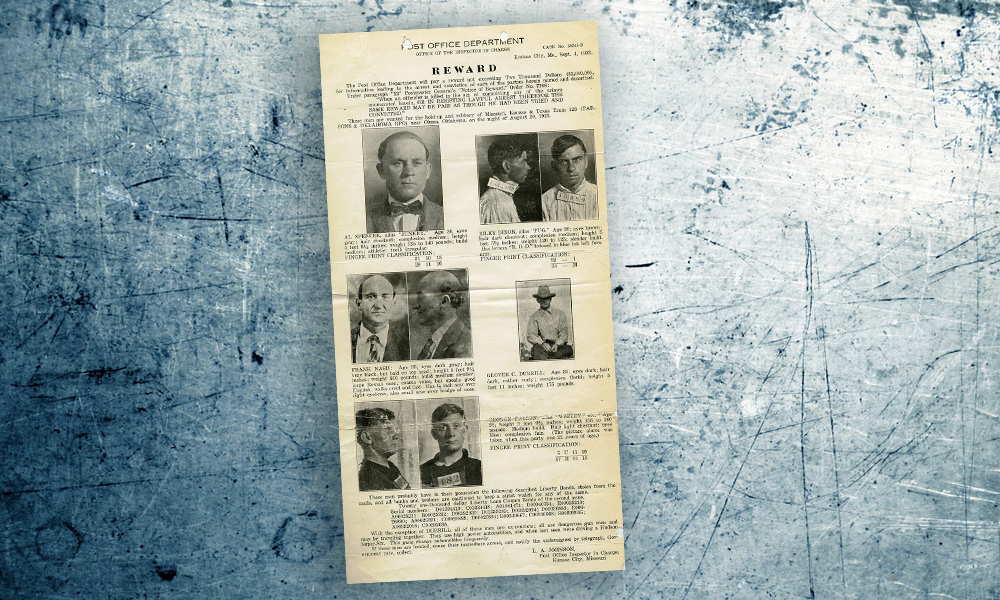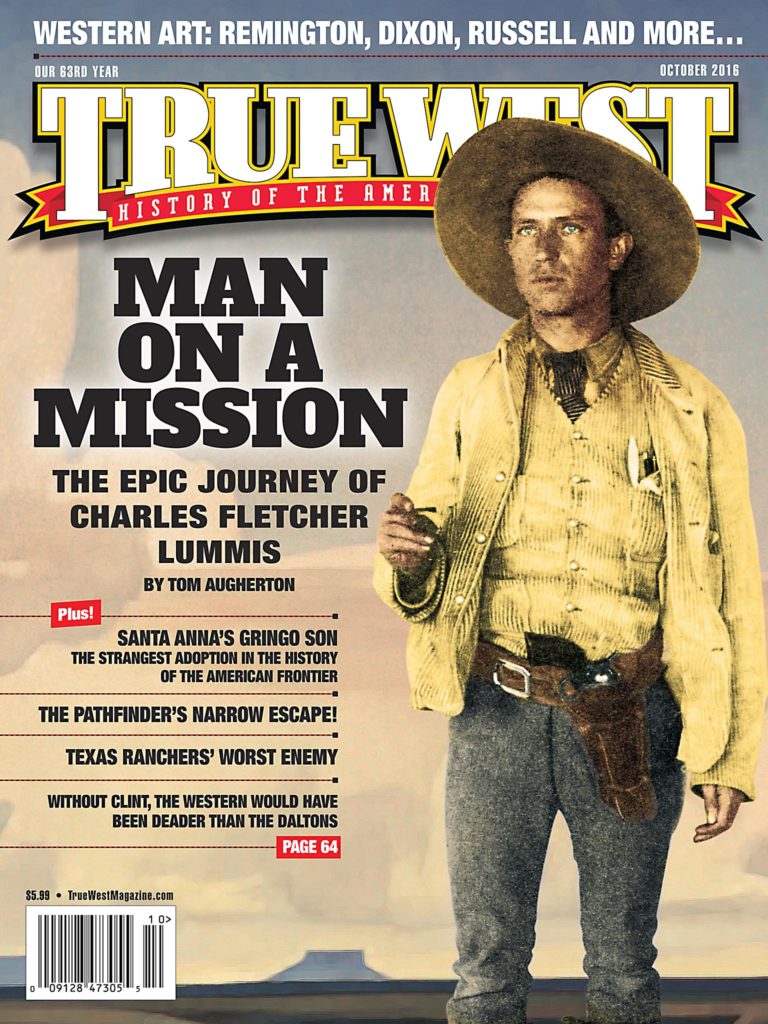
Just after 6:30 p.m. on October 6, 1866, two passengers aboard an Ohio & Mississippi train put on pasteboard masks—one black, one white—pulled their pistols and entered the express car. History was about to be made by one of America’s first outlaw gangs of brothers.
Based outside of Seymour, Indiana, the Reno Gang was a family outfit that included close friends. They had been involved in criminal activities for more than a decade—back to when leaders Frank and John Reno were teenagers.
The boys were probably inspired by a train stickup that had taken place five months before. The robbers of the Ohio & Mississippi train in North Bend, Ohio, got away scot-free with some $30,000.
The masked men, believed to be Simeon Reno and Frank Sparks, found two Adams Express Company safes. They stole about $15,000 from the first safe. Unable to break into the second, they pushed it out the door, to retrieve it later. Then they hit the emergency cord and jumped when the train stopped.
They were met by another of the band—probably Frank Reno—who had getaway horses. They had no luck opening the second safe. Knowing that the law would be headed their way soon, the gang rode off, leaving behind another $30,000.
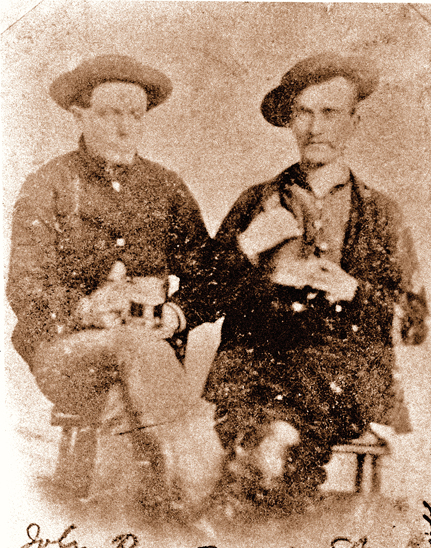
– Courtesy Mark Boardman Collection –
Adams Express officials were outraged by this second holdup. They had not found the North Bend robbers, so they went hard after the Seymour bandits to make sure they did not get away too. The company posted front-page reward notices in Louisville newspapers, offering $200 for information that led to the arrest and conviction of the thieves. Everybody in southern Indiana knew who had pulled the job. But the company needed proof to convict them.
Even before the reward notice was printed on October 11, members of the Reno Gang were in jail. Lawmen arrested the three robbers, as well as John Reno and the family patriarch, Wilkison Reno. All posted bail—possibly paid with money from the holdup.
Within a few weeks, an eyewitness who had identified the Renos as the robbers was gunned down when he answered a knock on his door. The weak case died with the witness. Charges were dismissed.
For the next two years, the Reno Gang’s crime wave stretched from Indiana to Missouri and Iowa. They robbed stores and banks, burglarized county treasuries, made and sold illegal booze, became successful counterfeiters. The list goes on. This was organized crime, 1800s-style.
But as their success grew, so did the heat. Pinkerton detectives hired by Adams Express and vigilante groups chased the gang members. By January 1869, John Reno was serving hard time in Missouri. Eleven others—including Frank, Will and Simeon Reno, and Frank Sparks—died at the end of lynch ropes.
The 1866 train stickup set the stage for those who went farther west. The James-Younger Gang and the Dalton Brothers owed their outlaw ways to this robber band of brothers, the Reno Gang.


